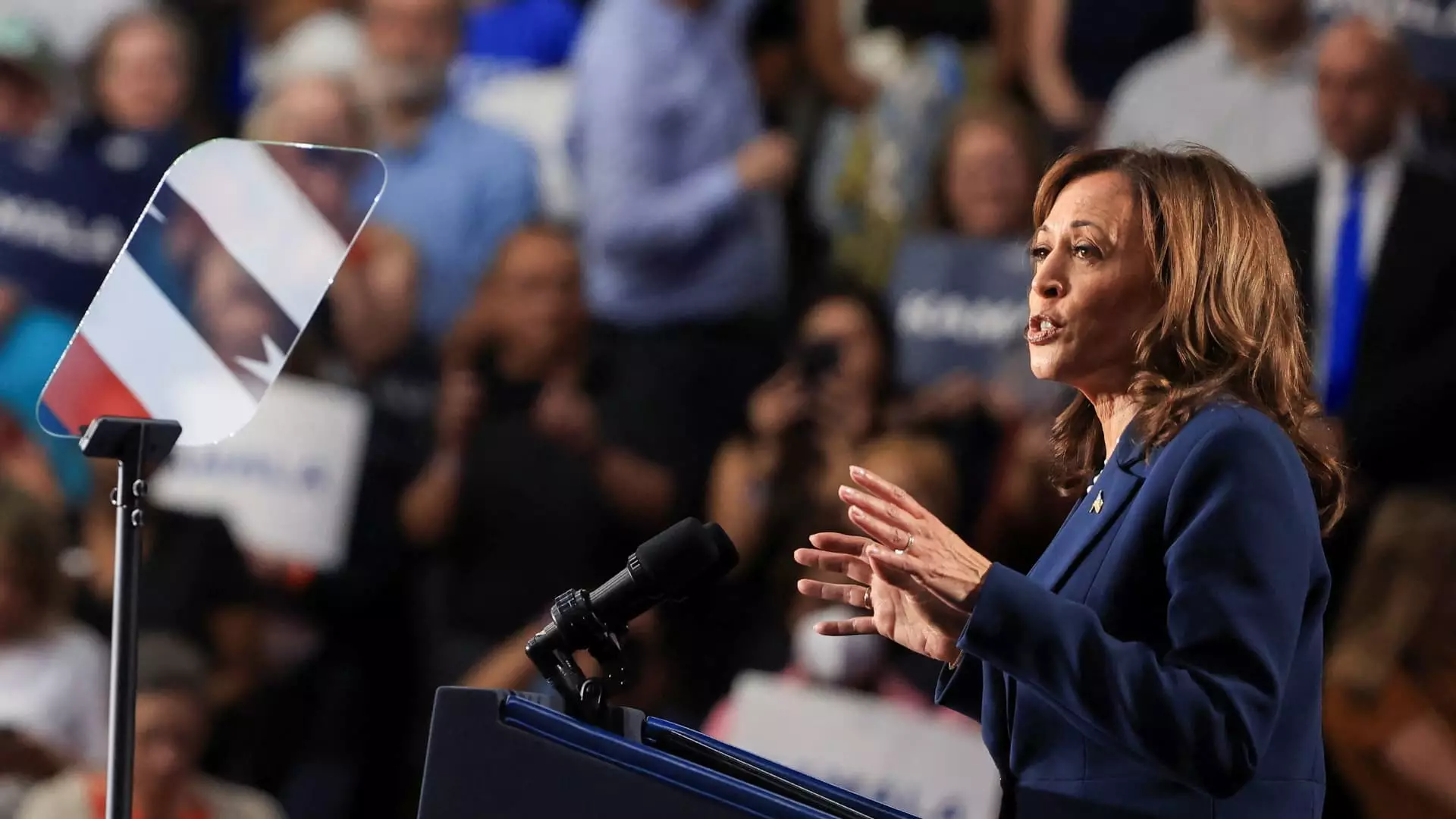The promise of a strong middle class has long been heralded as a cornerstone of American prosperity. Recently, Vice President Kamala Harris has amplified this sentiment, asserting it as a defining goal of her presidential campaign. Speaking at a political event in West Allis, Wisconsin, Harris reiterated her commitment to addressing the wealth gap, claiming, “When our middle class is strong, America is strong.” As she positions herself as the leading contender to succeed President Joe Biden as the Democratic nominee, her proposals are coming under scrutiny, particularly her previous advocacy for policies aimed at bolstering the working class.
One of Harris’s hallmark proposals from her time in the Senate was the LIFT the Middle Class Act. This initiative aimed to provide substantial financial relief through an annual tax credit of up to $3,000 per person, or $6,000 per couple, exclusively for lower- and middle-income earners. This kind of tax relief, as endorsed by the Committee for a Responsible Federal Budget, is viewed as having considerable potential to alleviate financial pressures faced by many families.
Recent analysis indicates that the LIFT Act could be particularly beneficial for renters—individuals and families often hardest hit by rising living costs. In light of increasing rental prices, experts argue that the direct financial support offered by the LIFT tax credit may outshine alternative solutions such as the proposed 5% rent cap recently unveiled by President Biden. Critics have raised concerns that capping rent increases could inadvertently distort the housing market, leading landlords to withdraw properties from the market or find other ways to offset financial losses unrelated to rent pricing.
Since the initial proposal of the LIFT Act, the cost of living has surged, disproportionately affecting working-class Americans. Many households have experienced stagnating or declining real incomes amid rampant inflation—an issue that has fueled dissatisfaction with the current economic strategy. This dissatisfaction, compounded by fears surrounding job security due to the rise of artificial intelligence, creates an urgent demand for responsive economic policies.
It is in this context that Harris’s renewed calls for tax relief resonate with those feeling financially vulnerable. Scholars like Laura Veldkamp of Columbia University accentuate the importance of social safety nets in addressing the anxieties tied to job displacement caused by advancements in technology. The sentiment echoes an increasingly prevalent perspective: to safeguard the interests of those at the economic margins, effective social insurance is paramount.
The Cost of Ambition: Funding the LIFT Act
While the prospect of implementing the LIFT Act is compelling, it is not without its challenges. Estimates from the Tax Policy Center highlight the significant financial implications such a tax credit would entail. To fund this initiative, Harris suggested reversing certain provisions of the 2017 Tax Cuts and Jobs Act for high-income earners. However, as the nation grapples with mounting federal budget deficits, financing such proposals without incurring more debt presents a formidable obstacle.
Moreover, the political landscape complicates the feasibility of reviving LIFT. Since its initial proposal, discussions surrounding tax policies have intensified, especially as Democrats push to sustain tax cuts that alleviate child poverty—another progressive priority seen during the COVID-19 pandemic. Enhanced tax credits, linked to child welfare, have effectively resulted in a notable decline in child poverty rates, a stark contrast to rising rates post-expiration of pandemic relief.
Political Implications: The Future of Harris’s Policy Proposals
As Harris maneuvers through her campaign, the question remains whether she will emphasize the LIFT Act or redirect focus toward existing initiatives like the enhanced child tax credit. The bipartisan effort towards tax reform targeted at supporting families indicates a potential shift in priorities, particularly given the pressing nature of child poverty rates and family needs.
Political analysts recognize a potential shift in policymaking priorities that could impact both the direction of Harris’s campaign and broader Democratic strategies. While LIFT presents a nuanced approach to tackling middle-class challenges, the ongoing negotiations and political maneuvering surrounding child welfare may overshadow its revival.
As Kamala Harris embarks on her campaign, the challenge lies in articulating a comprehensive economic strategy that addresses immediate financial concerns while also looking towards sustainable and inclusive long-term solutions. If successful, her potential presidency could mark a pivotal moment in re-establishing the strength and stability of the American middle class.

